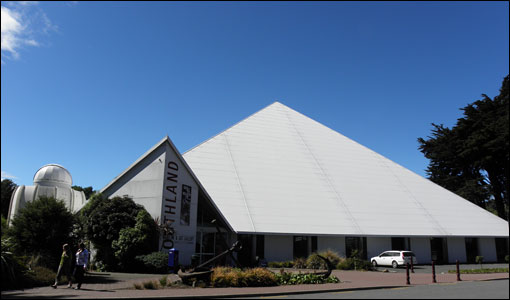I had a long walk exploring the centre of the city. I visited The Southland Museum and Art Gallery as well as the lovely Queens Park. Invercargill is somewhat a strange city and I don’t feel comfortable with its so called atmosphere. It’s like a sleeping town and after 7pm almost like a ghost town. However, I am not a party animal, but you know what I mean. It will be early to bed this evening. Tomorrow’s target species is Fernbird!
 |
Picture through the bus window, while listening to Cure. Perfect travelling weather. |
 |
| The Southland Museum and Art Gallery. I enjoyed Roger Wandless photographic exhibition “Deepest Fiordland” very much. It also has the largest public display of live Tuatara in the world. |
 |
A nice carving in Maori style. |




No comments:
Post a Comment